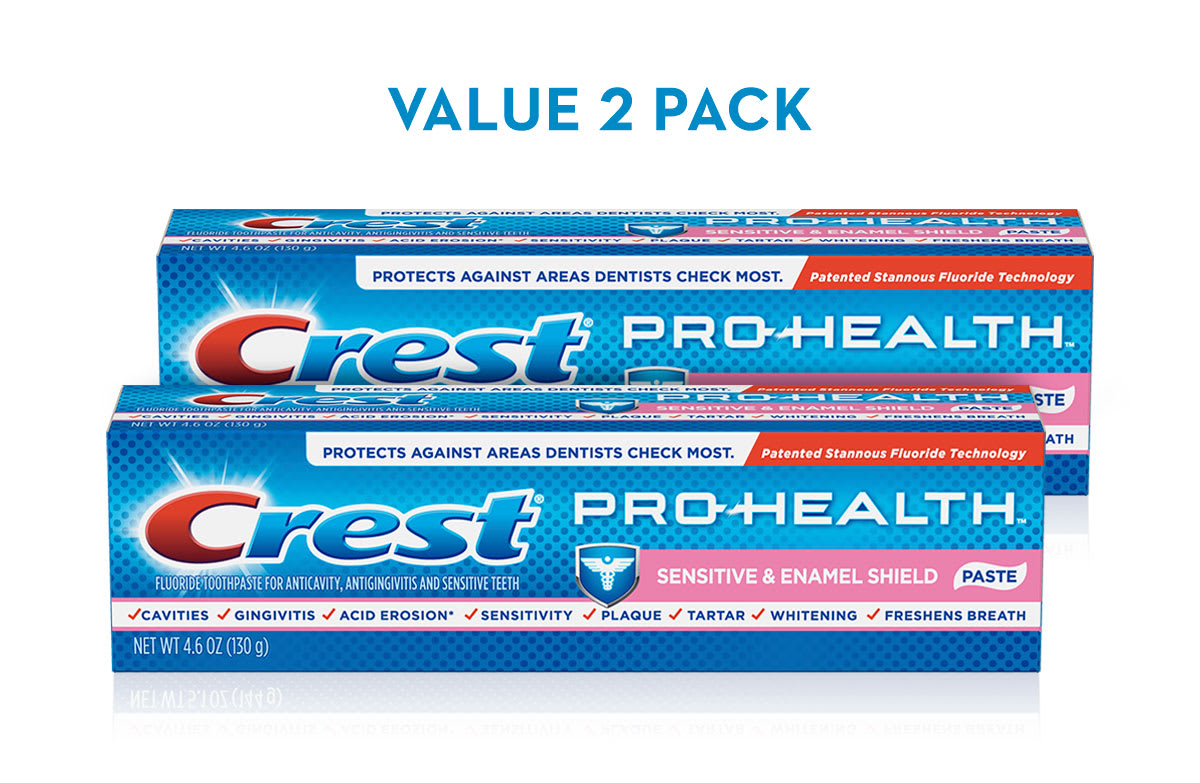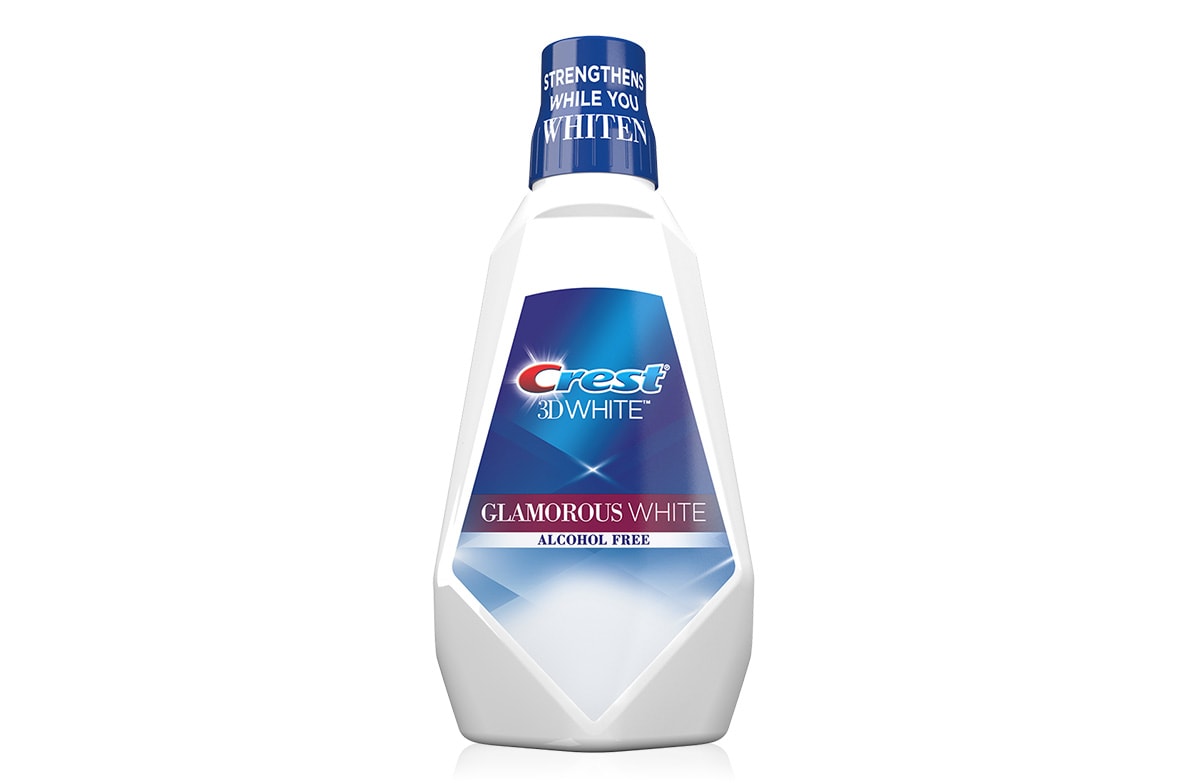TOOTH-ENAMEL
Enamel Erosion: Causes, Symptoms and Treatment
 Enamel Erosion Causes
Enamel Erosion Symptoms
Enamel Erosion Treatment
Enamel Erosion Causes
Enamel Erosion Symptoms
Enamel Erosion Treatment
The outermost layer of your tooth, the enamel, is responsible for ensuring your teeth stay protected from decay and sensitivity. However, most of us do experience some form of enamel loss, whether through erosion or abrasion.
Enamel Erosion Causes
Age, acids, and trauma can all cause tooth enamel to weaken. Common causes of enamel loss through abrasion include:
- Brushing too hard: If too much pressure is applied to your teeth while you brush, the enamel begins to weaken and can be removed in the process. Avoid hard-bristled toothbrushes or switch to an electric toothbrush that helps you brush with just the right amount of pressure.
- Toothpicks: It is usually not recommended to use a toothpick on your teeth to remove food particles. The scraping action can pick away not just leftover food but your enamel as well. To better clean between teeth, use floss instead.
- Dental gear: Sometimes removing a retainer or partial denture can scrape against the outermost surface of your teeth, damaging your enamel. Be careful when removing retainers and dentures to avoid this issue.
Common causes of enamel erosion include:
- Dietary acid exposure: Certain foods and drinks contain acids which weaken and erode enamel. Brush after eating or avoid foods high in acid.
- Stomach acid: Acid reflux or vomiting releases stomach acids which then come in contact with your teeth. It is recommended to rinse with a fluoride mouthwash to neutralize acids prior to brushing, as brushing can sometimes spread these acids around your mouth rather than removing it.
Enamel Erosion Symptoms
Signs of enamel loss are not always obvious, but certain symptoms to look for include:
- Sensitivity: When enamel erodes it exposes the dentin layer underneath. Once dentin is exposed, your tooth becomes more sensitive to hot and cold temperatures.
- Rough surface: If your tooth suddenly has an indentation on the surface or if the edges are becoming rougher, then you may be in the early stages of tooth enamel loss.
Enamel Erosion Treatment
Once enamel erodes it cannot grow back, which is why the best treatment is often prevention. Be sure to take proper care and follow a thorough oral care routine to strengthen enamel and remineralize it before it’s gone for good:
- Brush your teeth with a fortifying toothpaste such as Crest Gum and Enamel Repair or Crest Pro-Health Enamel Shield. These toothpastes contain stannous fluoride, a remineralizing agent that forms a shield against acids, better removes plaque, reverses early signs of decay, and neutralizes bacteria below the gum line.
- Nourish your enamel with a fluoride-infused mouthwash that’s designed to strengthen and rebuild weakened enamel.
- Use an electric toothbrush with soft, end-rounded bristles which are tough on plaque but gentle on enamel.
- Floss at least once a day to remove harmful plaque bacteria from in between teeth.
- Keep up with your dental appointments for professional cleanings and checkups.
Discover More
 Can You Restore Tooth Enamel Naturally?
Can You Restore Tooth Enamel Naturally?




